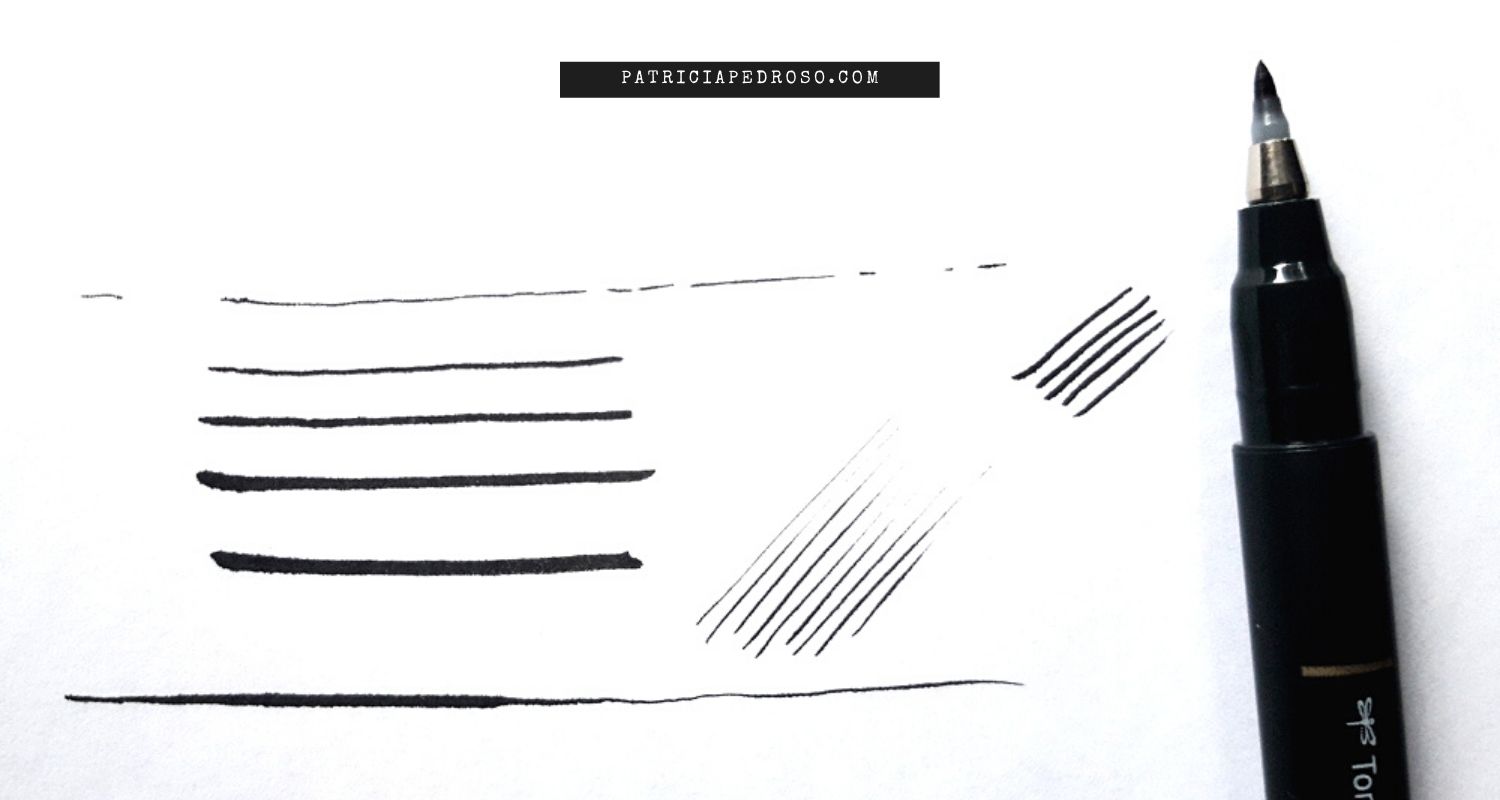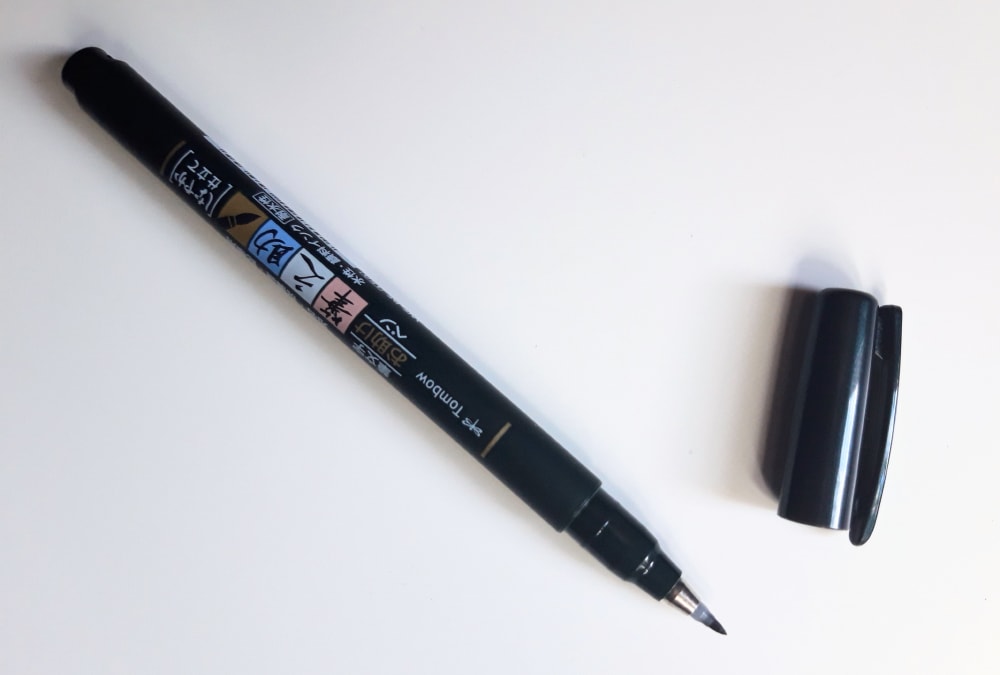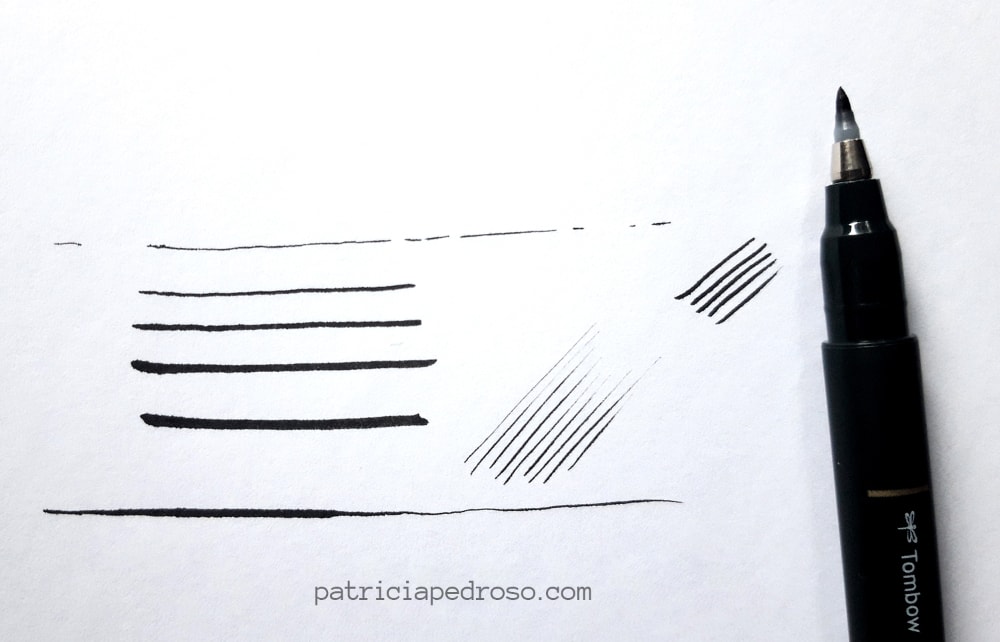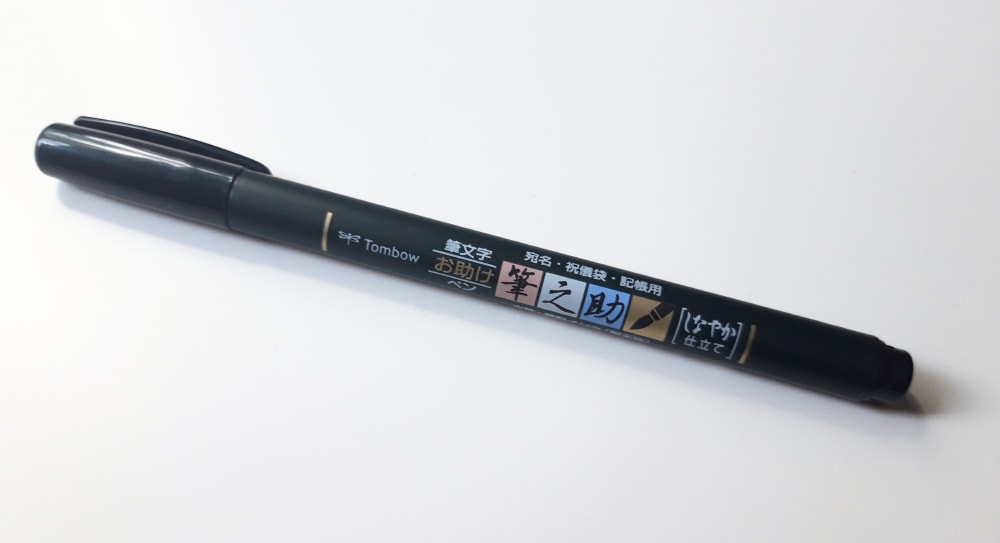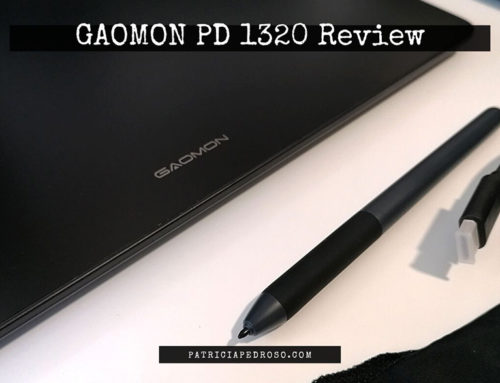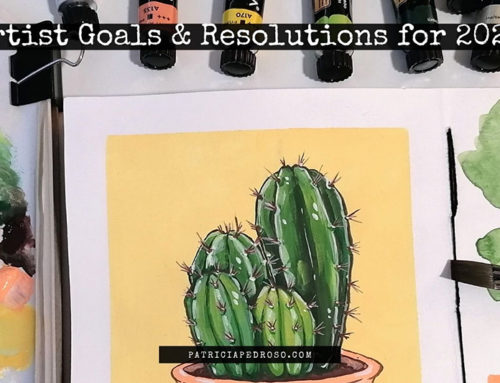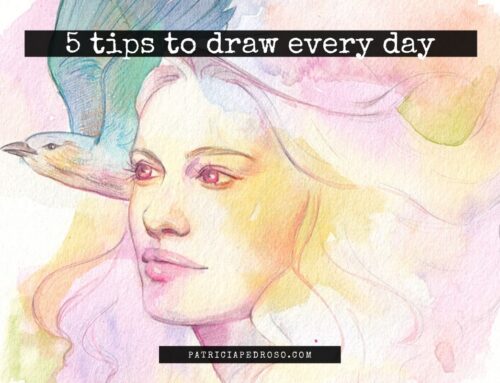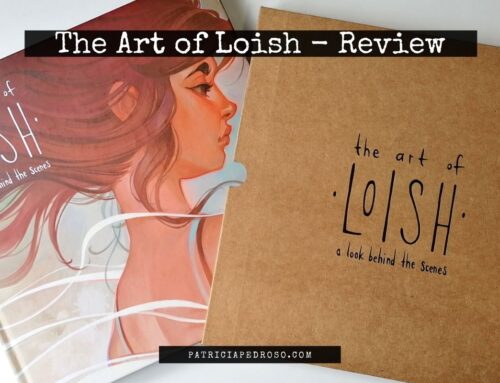Want to have a nice and cheap brush pen? Then keep on reading…
Not long ago inking brush pens were so popular between artists that you’ll see them literally everywhere…
Even in your dreams.
All artists you followed on social media had that beautiful Pentel Pocket brush that they seemed to control perfectly.
They looked so stylish even non-inking artists wanted it. And you wanted one too, didn’t you?
Well, I admit I did too.
But then I saw that they were quite expensive compared to my usual fine liners.
Actually the Pentel brush pen I just mentioned costs around 15€ (18$ approximately), and even though you can refill it, the refills are quite expensive too…
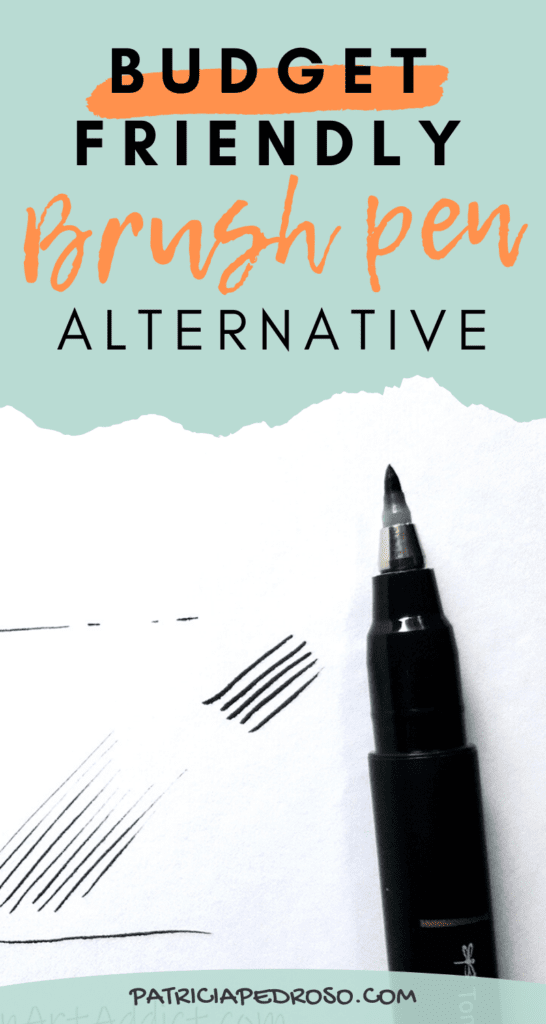
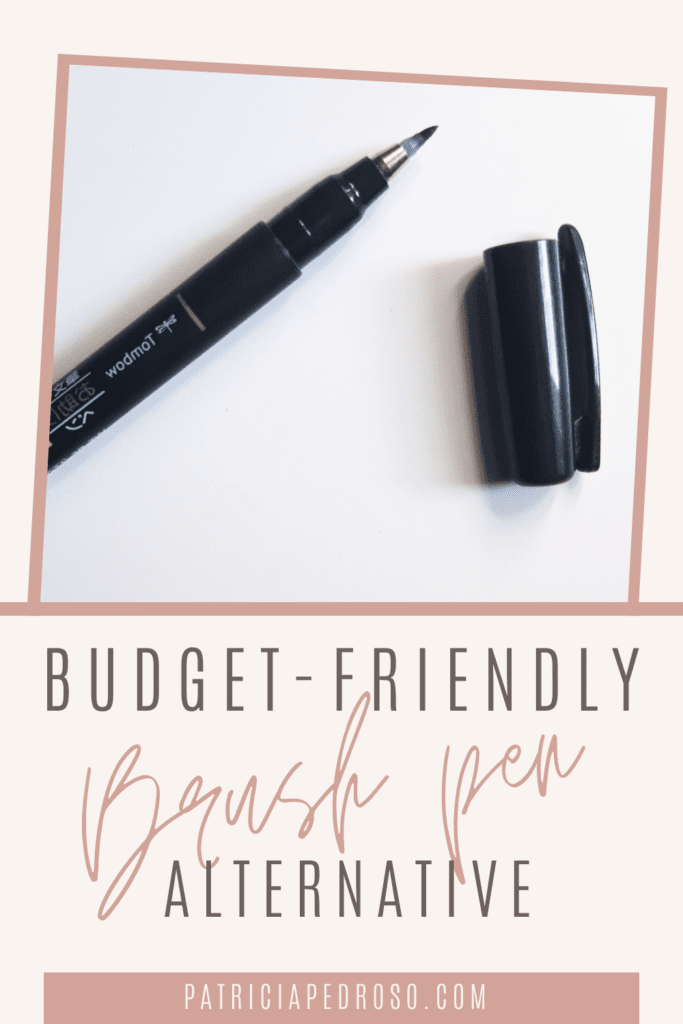
*Reminder that this post contains some affiliate links. This means I might get a small commission when you click and buy something with that link with no additional cost to you. However, my reviews and recommended products are not influenced by this, I’ll only recommend what I use and what I believe is good. Click here to read the disclaimer if you want more information*
I FELL INTO THE TEMPTATION…
Yes, I couldn’t resist it and I did end up buying one of these lovely stylish pens – after I saved some money, cause I’m poor…
The thing with brush pens is that it takes some time getting used to them; controlling the pressure you apply to create a different kind of lines takes practice and patience.
But even after a year with a Pentel brush, it was still hard for me to control.
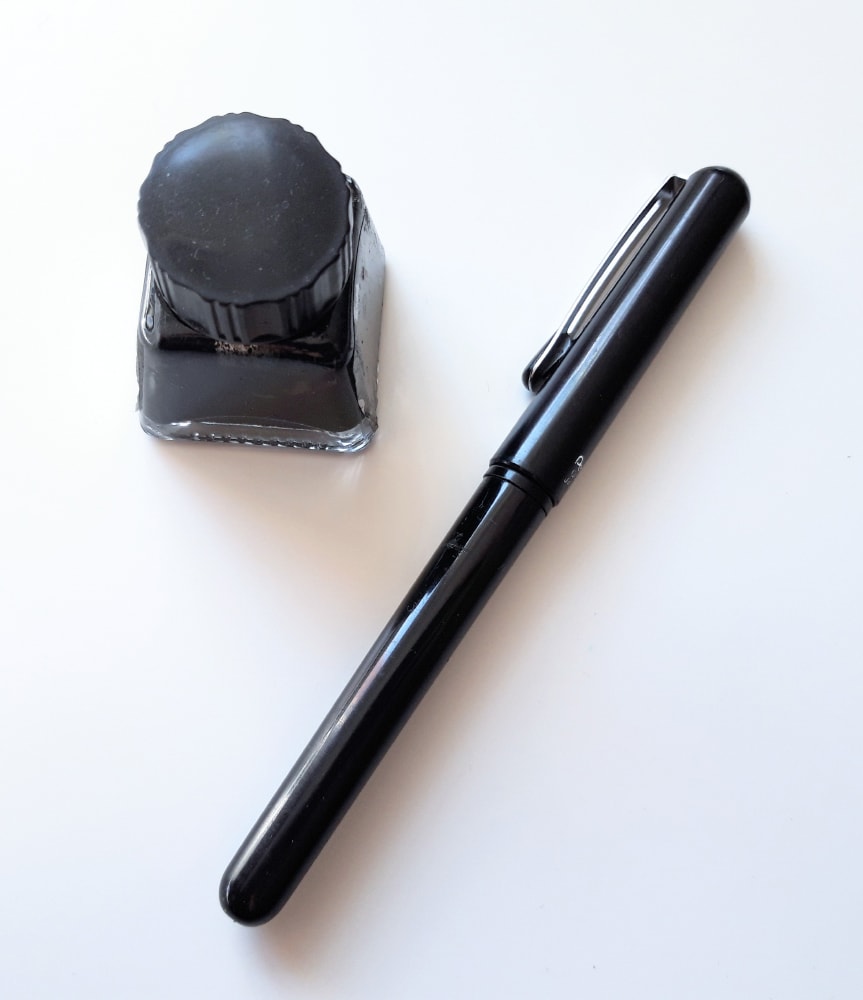
And the refills went by so fast that it didn’t help!
(I do have a tip now for refilling it so it’s cheaper, so let me know if you want to know it!).
I kept looking for a cheaper alternative, maybe not so stylish but it might get the job done anyway, right?
And that’s when I found it!
MY CHEAPER AND EASIER ALTERNATIVE
Here I present you the Tombow Fudenosuke brush pen, the one with a soft tip – it also comes with a hard tip if you want more control.
This pen costs only 2,90€ (3,50$) and it lasts way longer than the Pentel one, even if you count the extra two refills that come with it.
The quality-price ratio of this pen is awesome, really.
I promise I’m not biased – well maybe a little – but you really should try it for yourself if you’re looking to experiment the feeling of a brush pen and getting some practice with them.
This one is supposed to be for calligraphy but I use it for inking and it’s quite good.
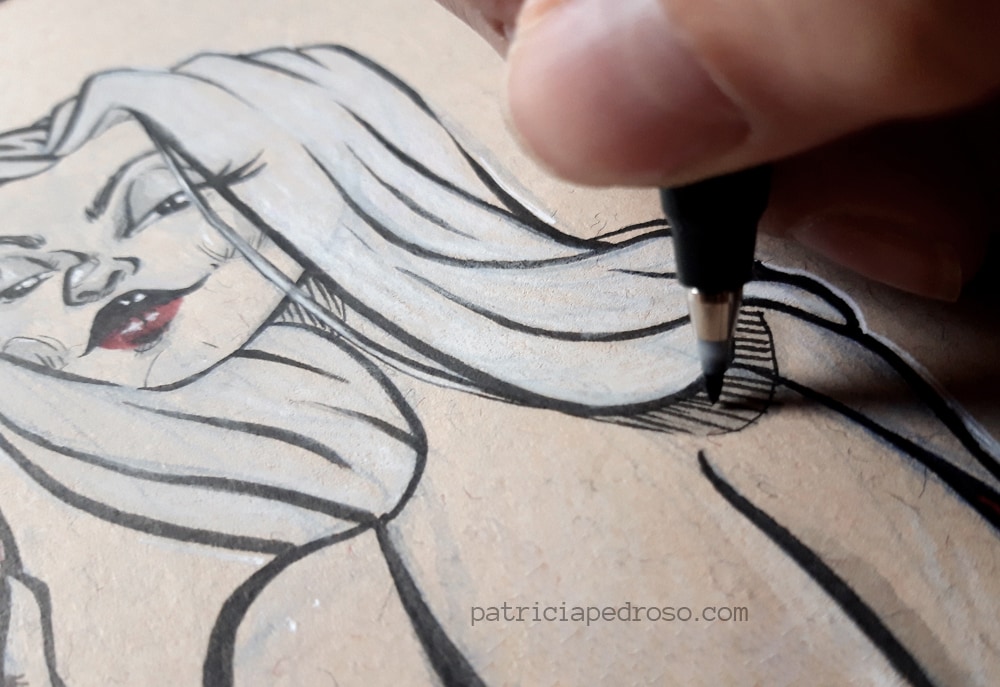
The very own Jake Parker, the creator of the famous challenge Inktober recommends it as one of his Inktober tools of choice. See it here. Jake Parker, apart from being known as the “Inktober guy” has really mastered the art of making perfect linework and he even has some classes on it, so that’s why I mention him.
By the way, I have a few posts about the Inktober challenge if you’re interested in tips or knowing more!
- How to keep your Inktober cohesive.
- Inktober is coming, why do it? My experience with it and tips.
- Inktober, 2019.
- 5 things nobody tells you about Inktober.
PROS, CONS & COMPARISON
You might be wondering the difference between the Pentel and this one.
Well, the fist has individual bristles creating the real brush feeling and the latest has a bullet point felt tip. The downside of felt tips is that they get destroyed with use.
Still, this one has held itself together for almost a year already with quite a good amount of use.
I already bought another cause, even though I can’t make the thinnest lines with it now, I can still use it for the rest and keep the new one for when I need more precision.
If I have to buy one every year or year and a half, I still believe that it’s way cheaper than the rest of the brush pens I’ve seen & used.
And with the Tombow pen, you will also get a good amount of variety in your lines once you control it properly.
It’s just like the rest of them, but the learning curve it’s easier to get through.
So the advantage of the felt tip is that it’s much easier to control, especially when you’re starting. And a cheaper inversion, when you’re starting out with something, is always good.
DETAILS OF THE KURETAKE PEN
Let’s talk a bit more of the characteristics of this pen so you can know a bit more if you decide to give it a try:
1 – A reminder that it’s not a brush – with bristles – tip.
It does get duller with use, so you want to be careful not to apply a lot of pressure on it or you’ll ruin the tip very soon.
2 – It’s not refillable, but the ink seems to last a long time.
More than a year and a half with regular use.
3 – It doesn’t bleed through.
I’ve tried it even in thin pages – common copy paper of 80g/m – and it doesn’t bleed
For me, it hasn’t bleed if I put watercolours or other wet mediums on top, but you might want to test it beforehand because I heard for some people it did.
4 – The colour is solid black. It doesn’t leave any white spaces as some brush pens do.
5 – It’s very good for lettering, it’s actually what it’s designed for.
6 – It doesn’t smudge. It doesn’t leave stains on the paper, dries quite fast so you don’t have to worry too much about smudging the paper.
It’s a very clean and practical brush, so it’s perfect to use on the go.
FINAL WORDS
I do encourage you to give a try to this brush pen if you are looking to start inking or to change your fine-liner habits.
Struggling with your linework? Here’s my post on 7 beginner tips to improve your digital linework faster great both for traditional & digital!
I feel like it’s the best transition pen you can find, but even as a linework pro you can find it useful.
And even if the rest are more expensive they might also be worth a try to get a feeling for it.
Remember though that those still are like painting with a brush and liquid ink – another cheaper alternative – in a more practical, easy way to carry around.
And usually cleaner.
If you have tried this pen before do let me know your thoughts below. And I would love to hear any other pens you might recommend!

